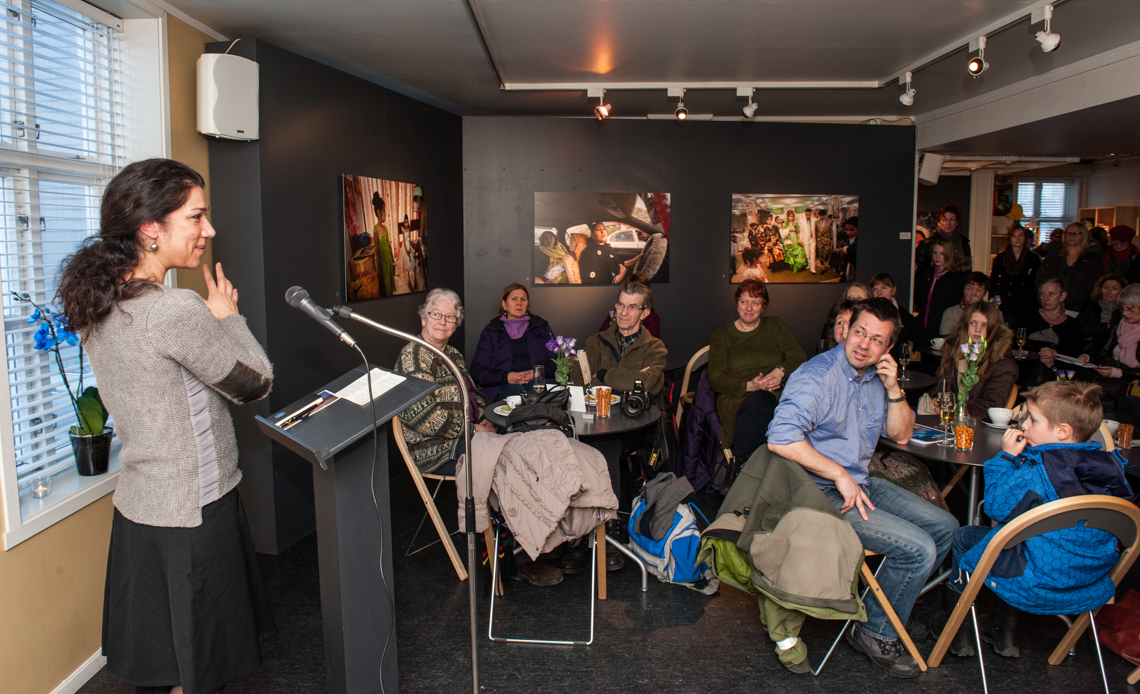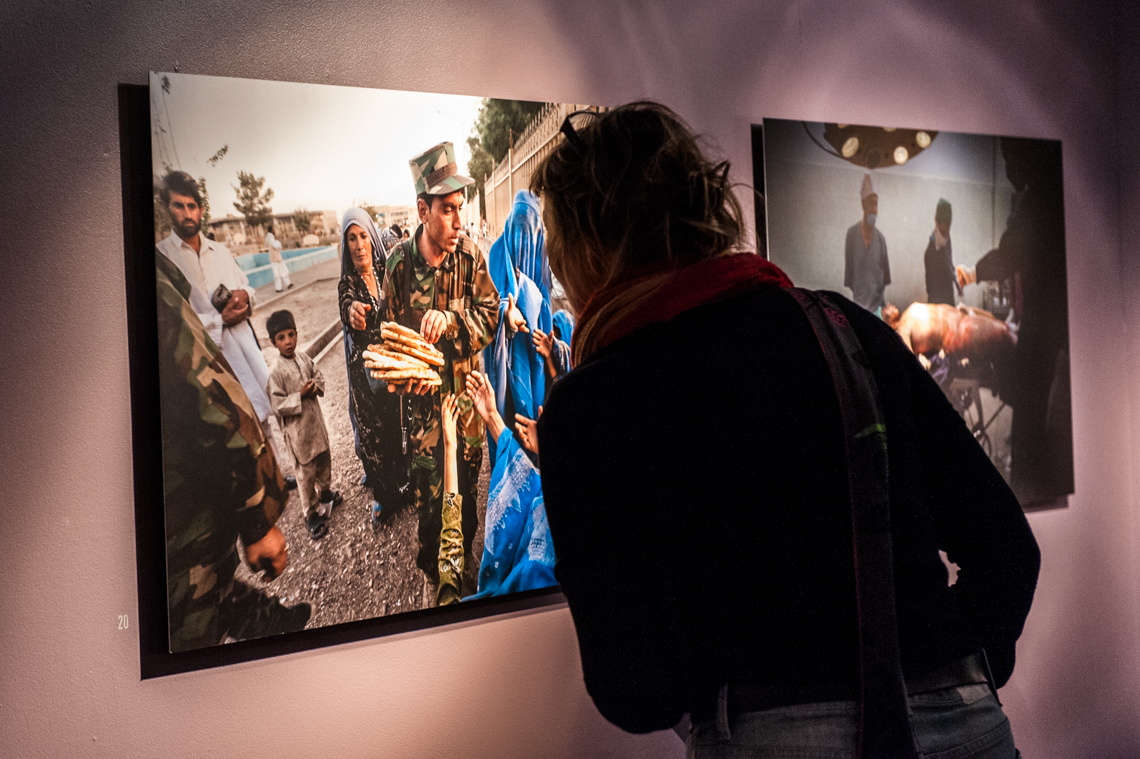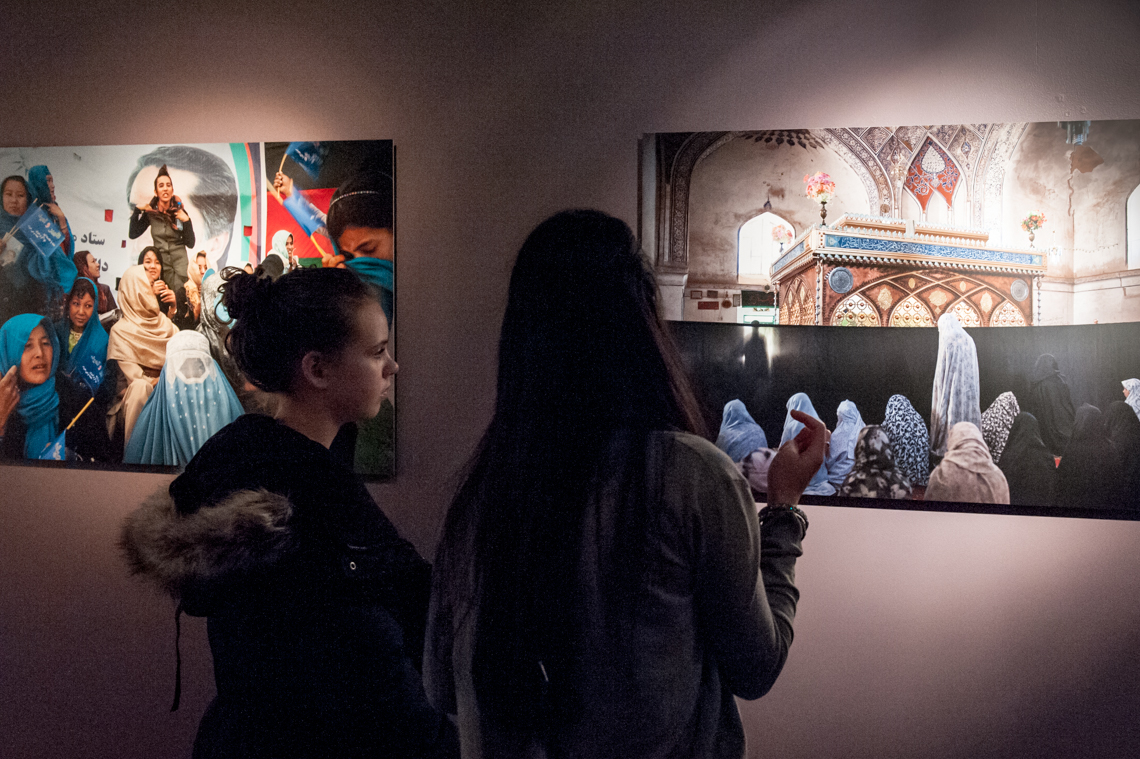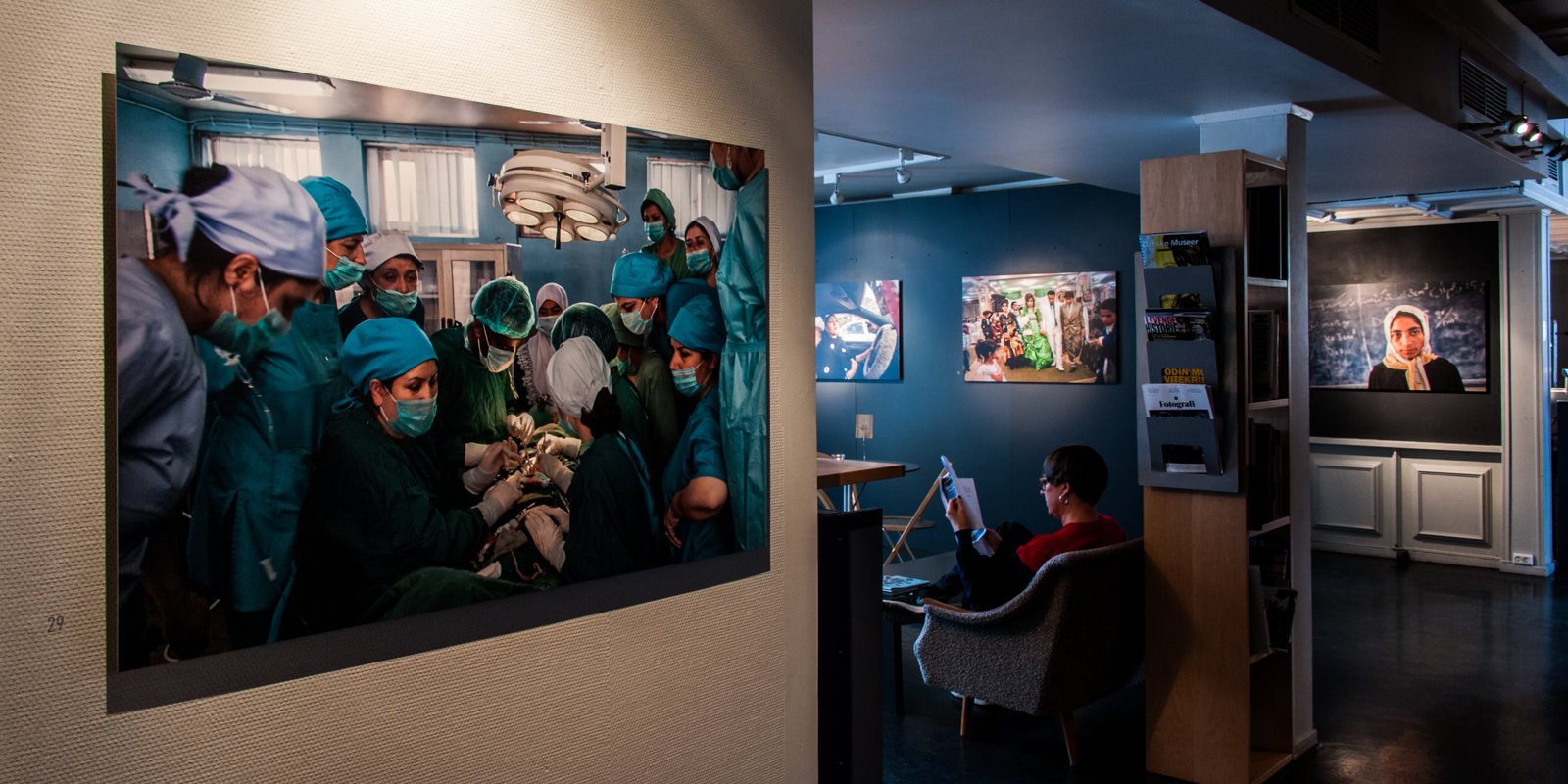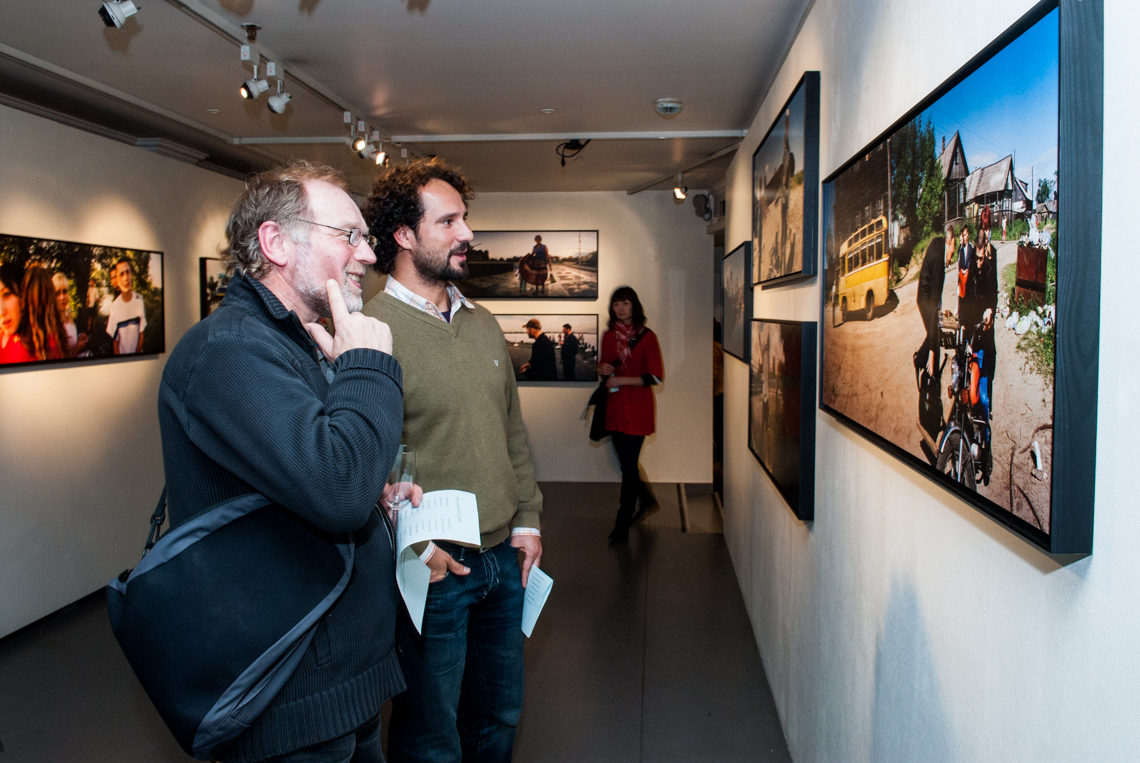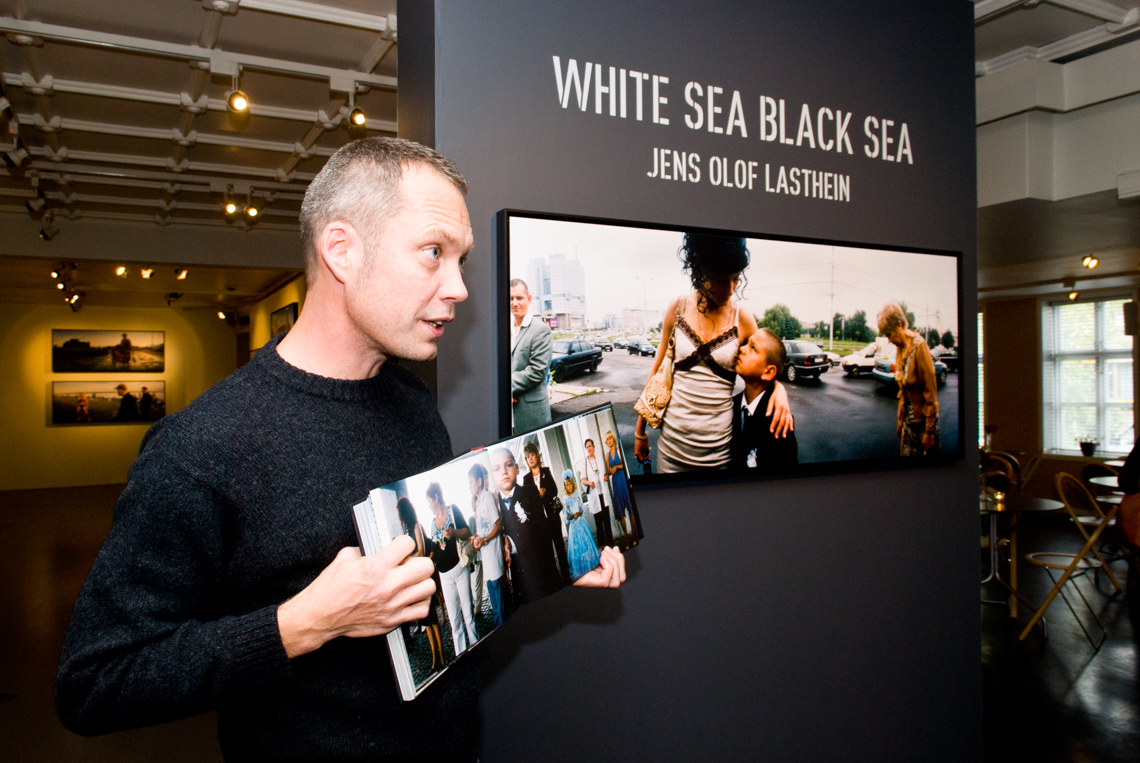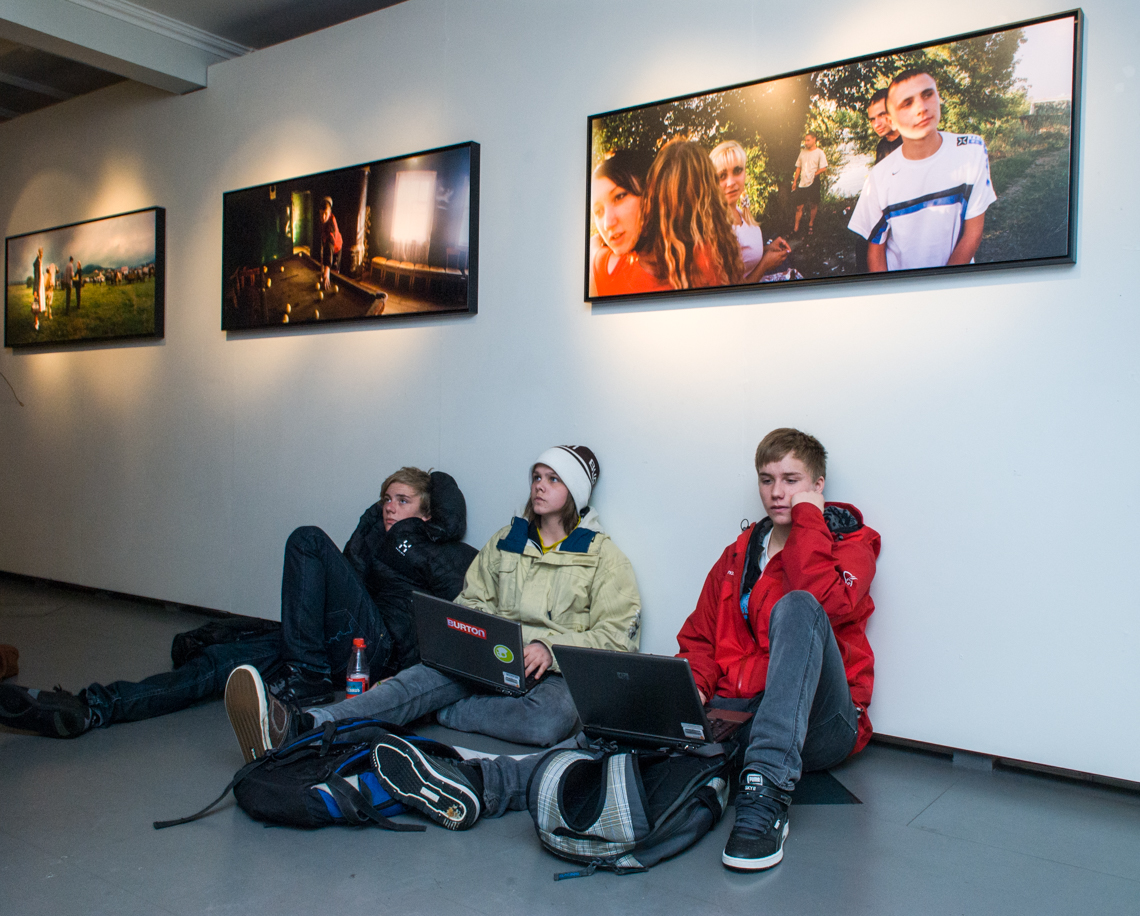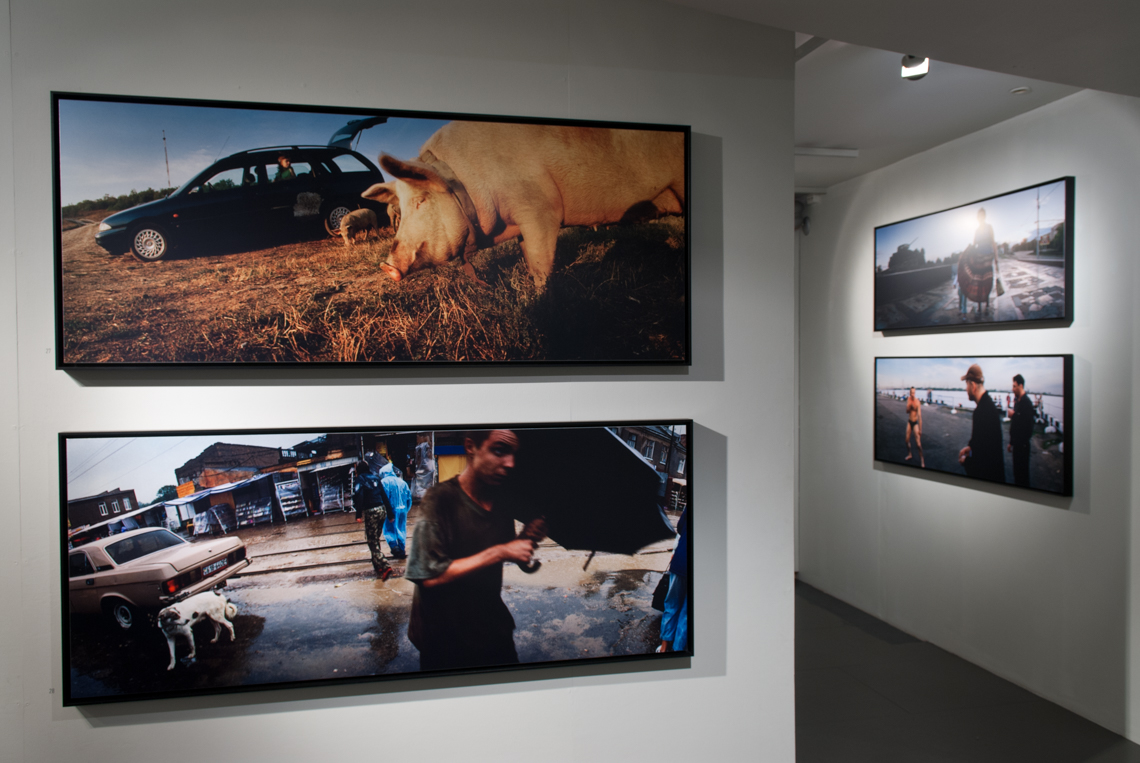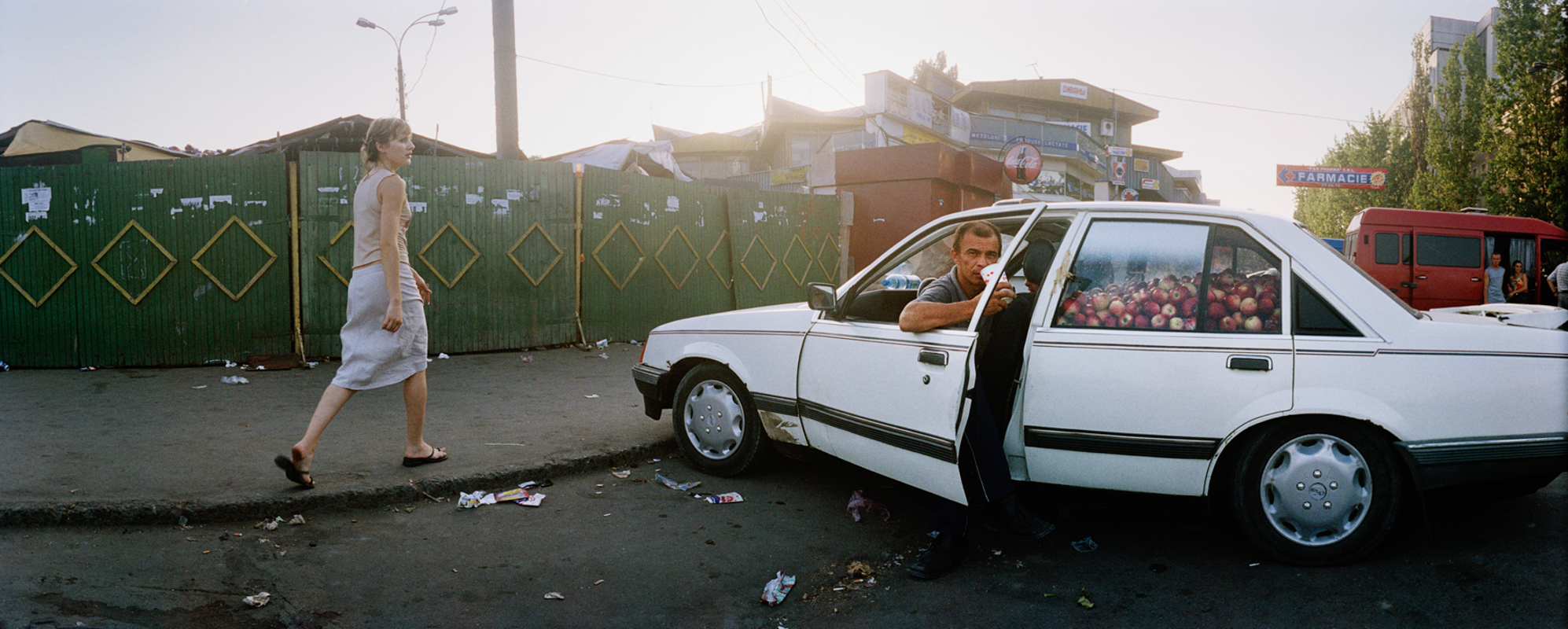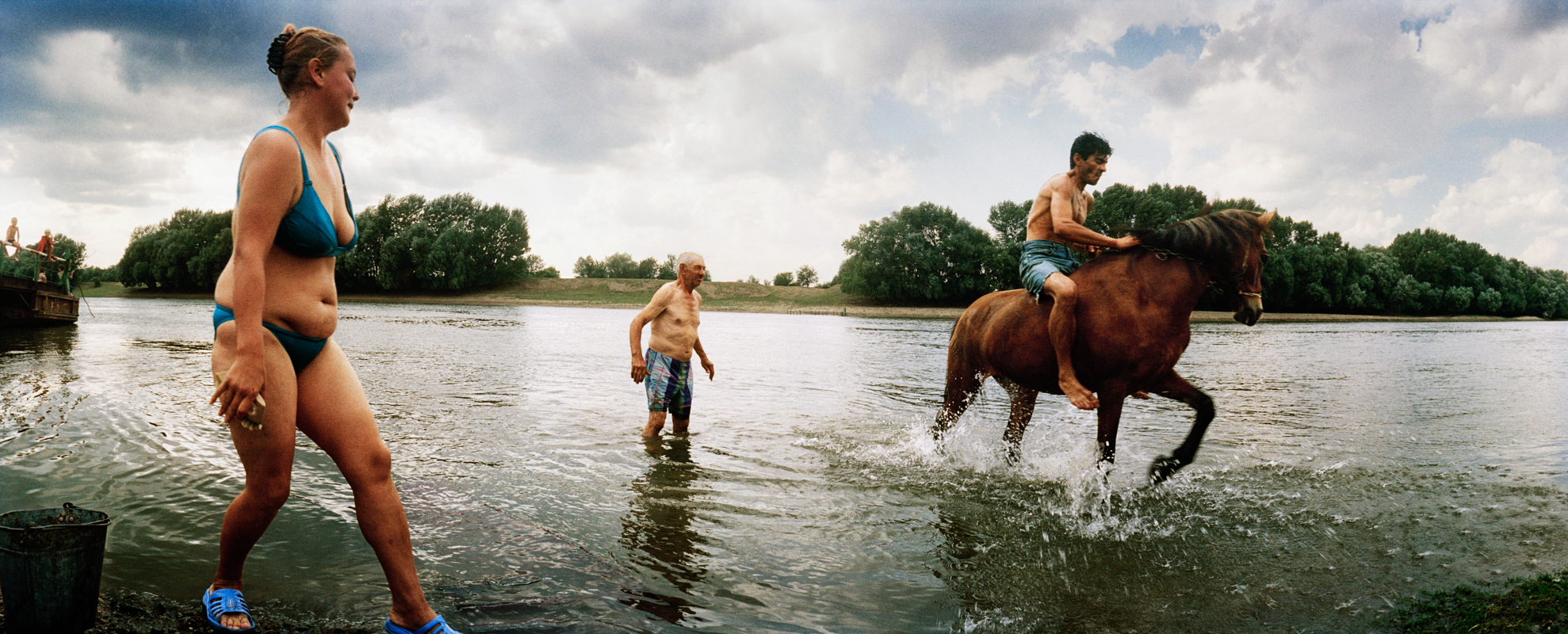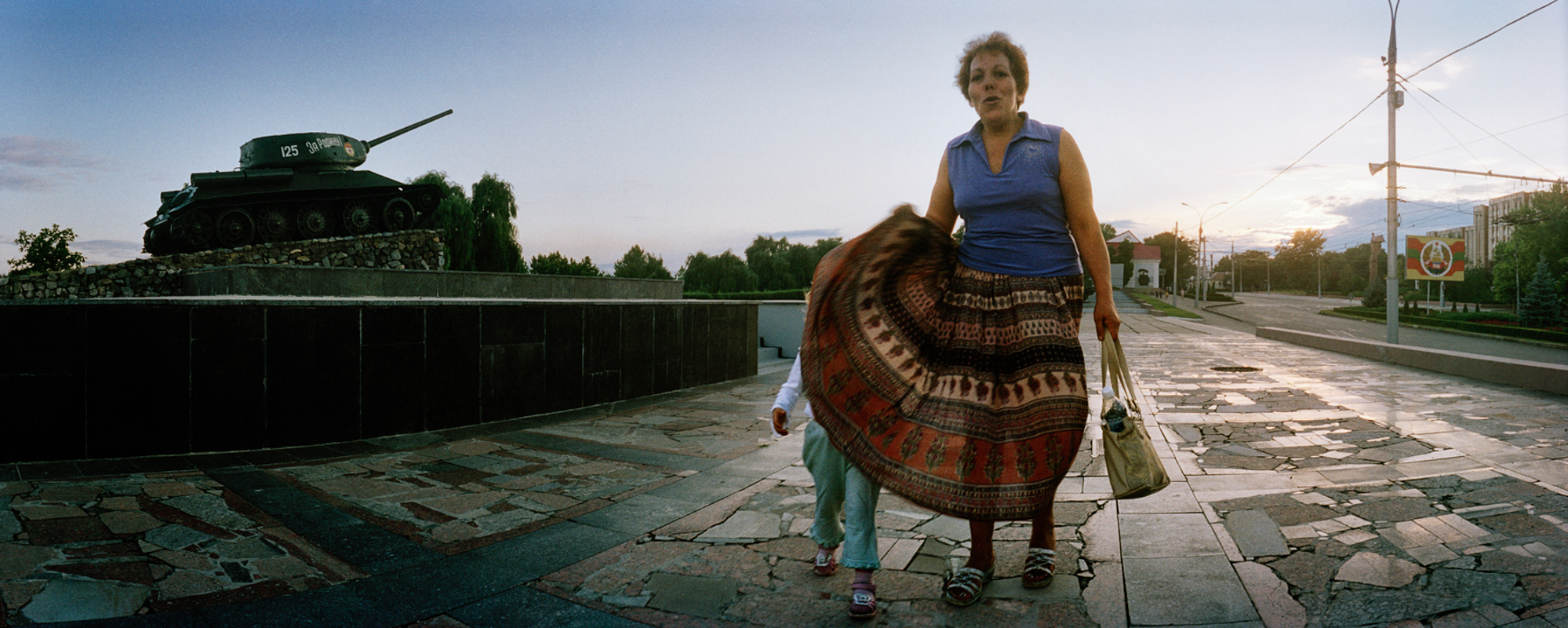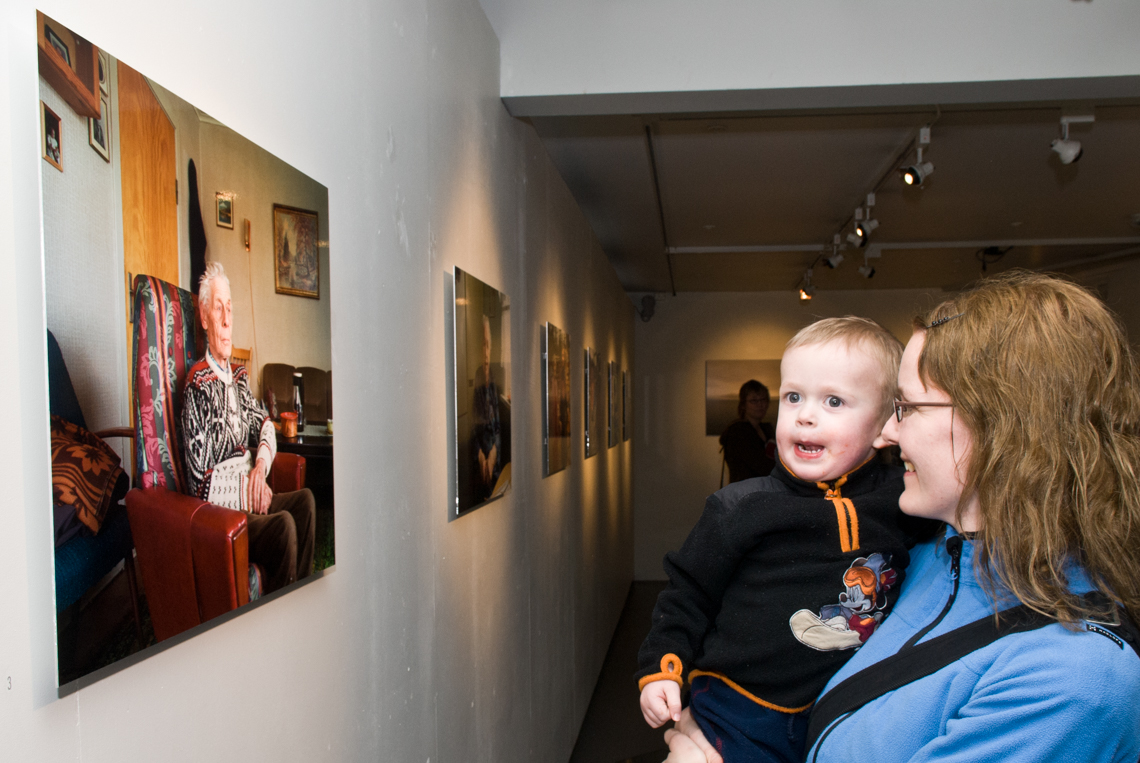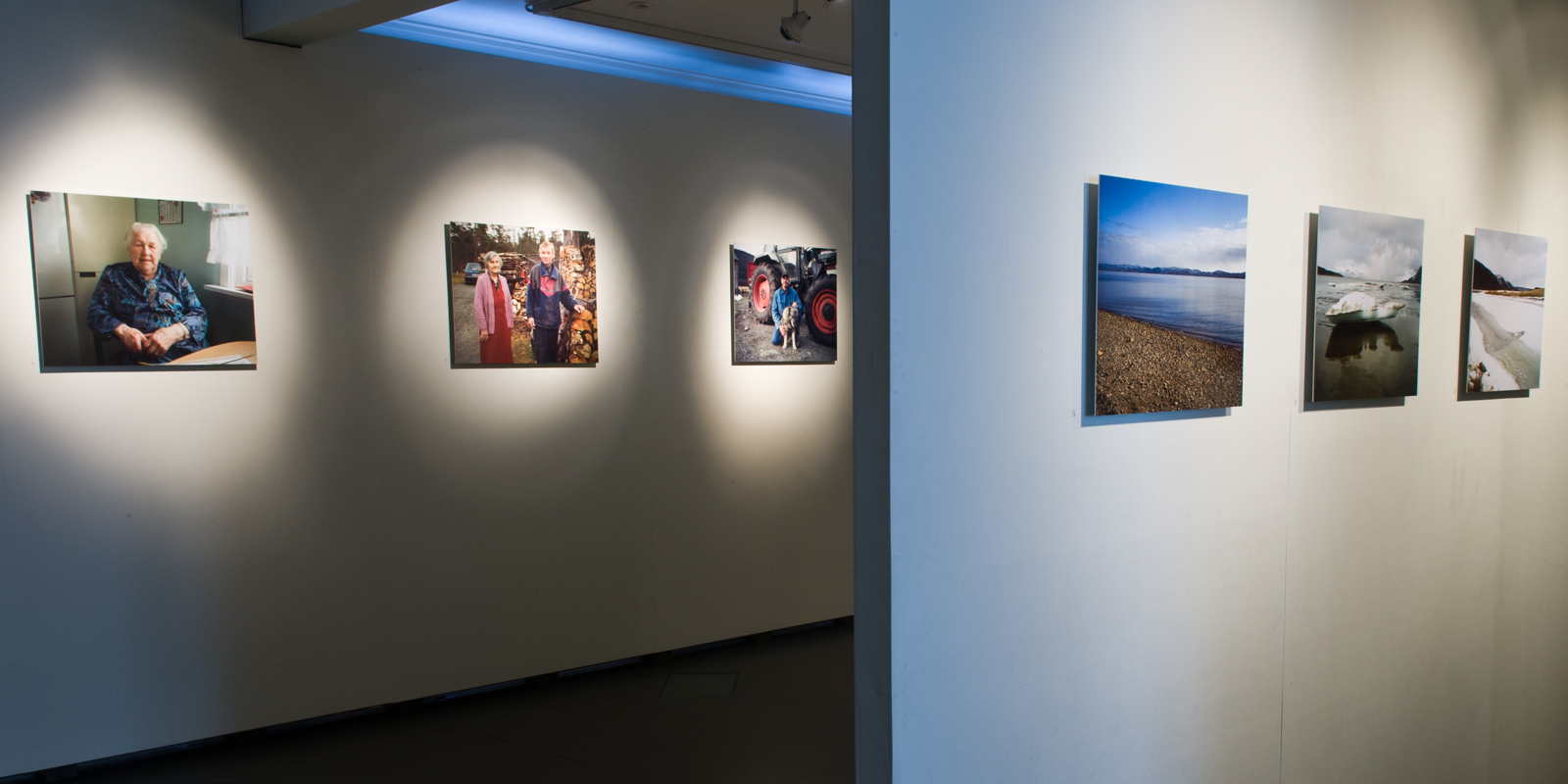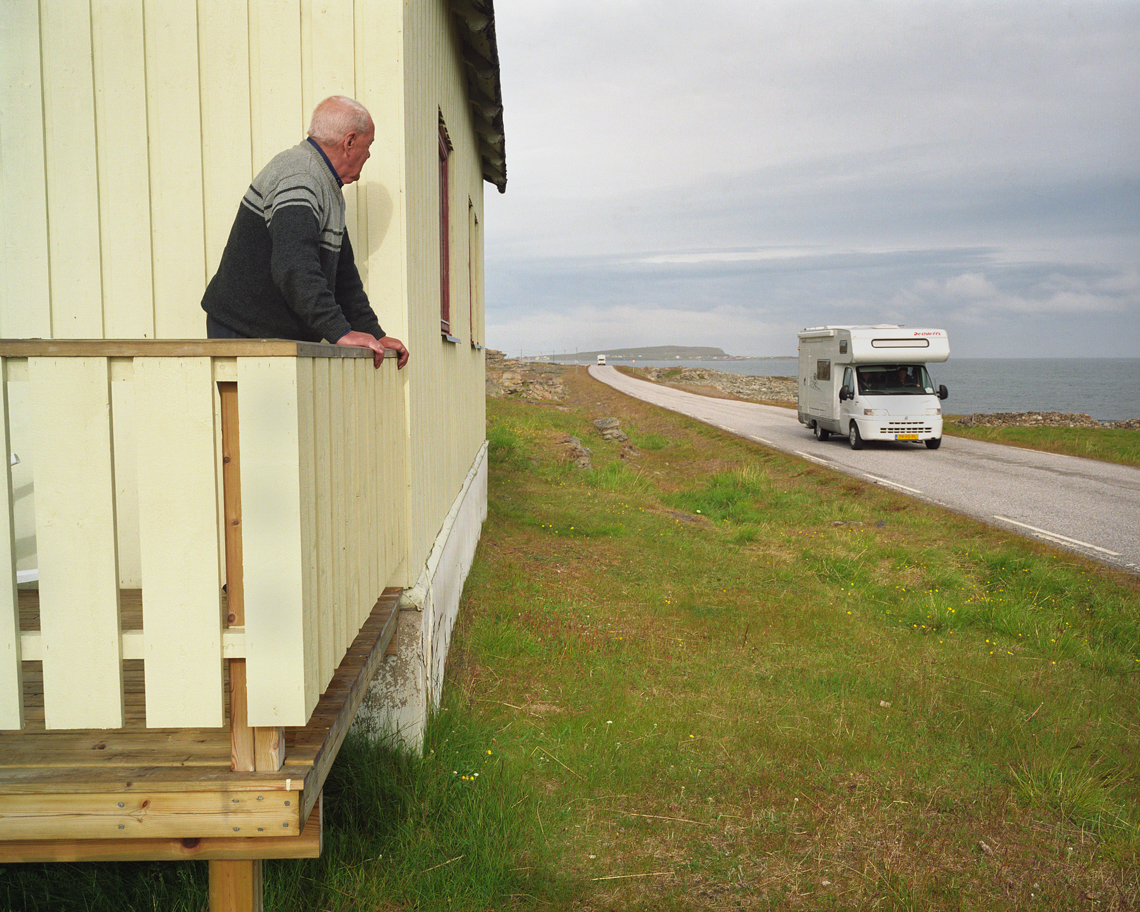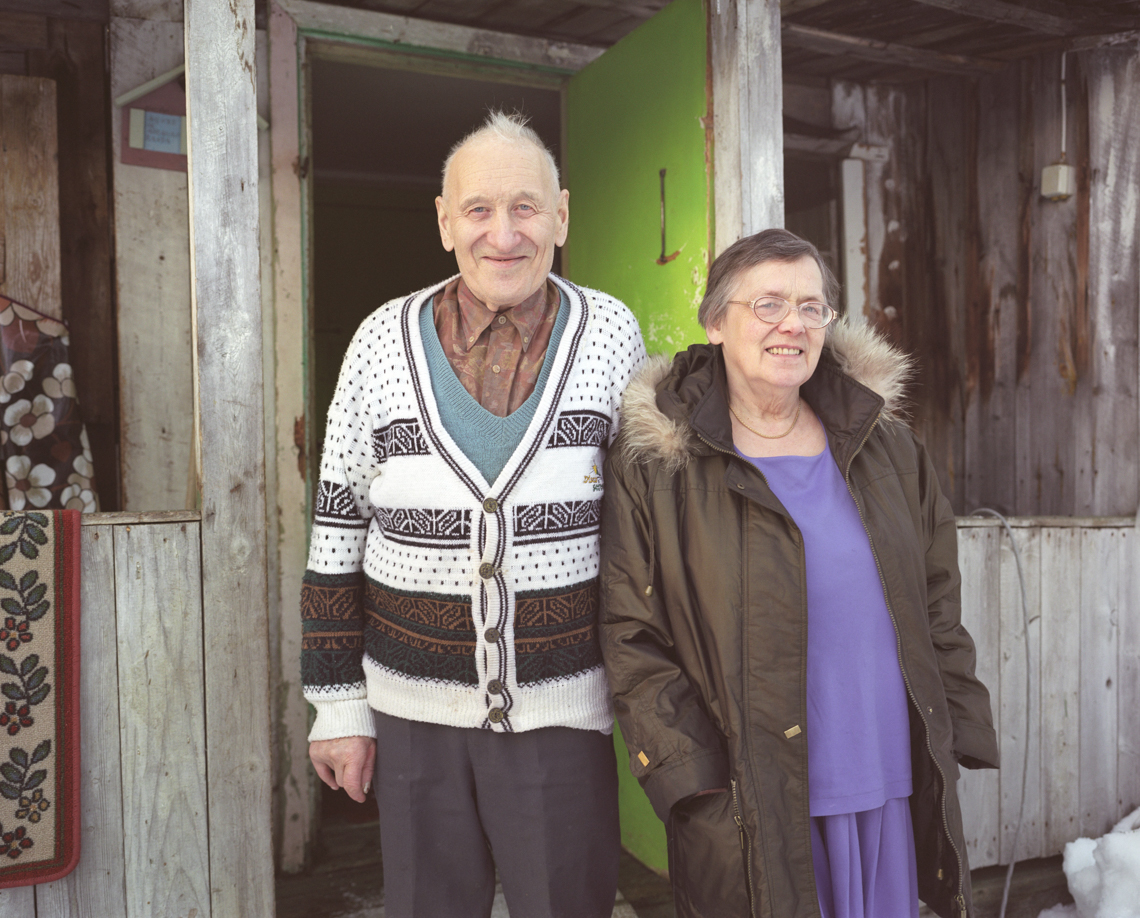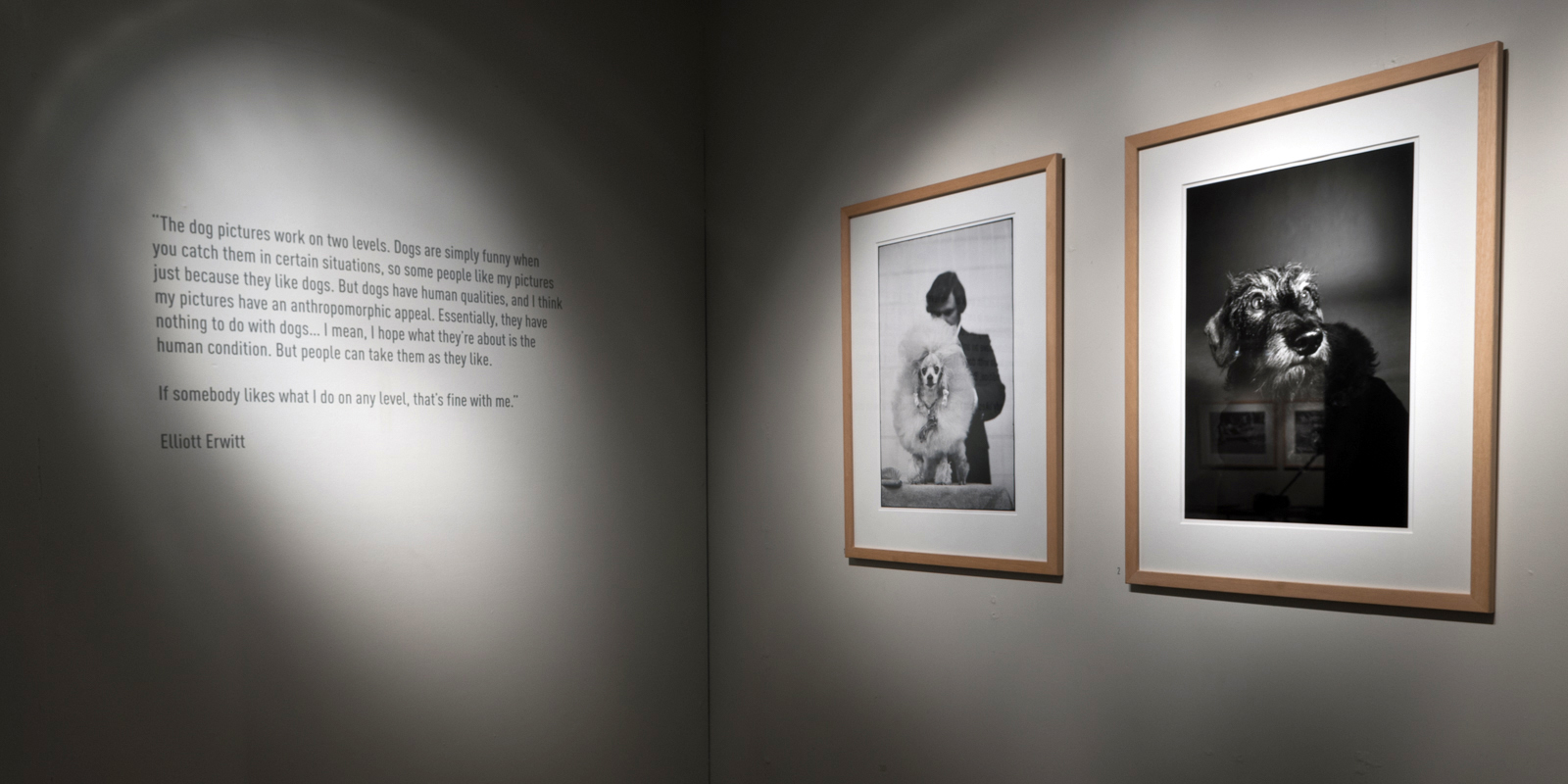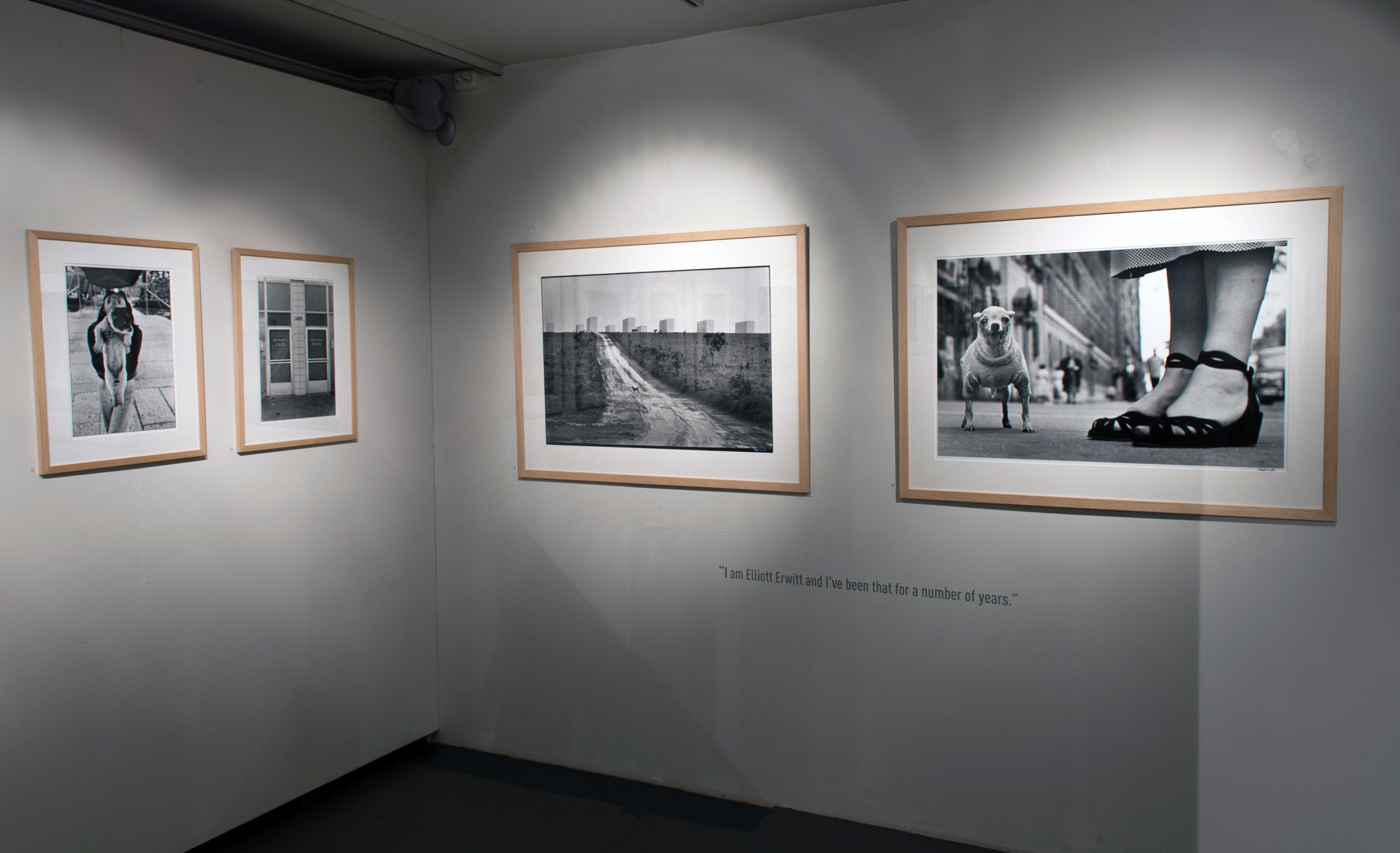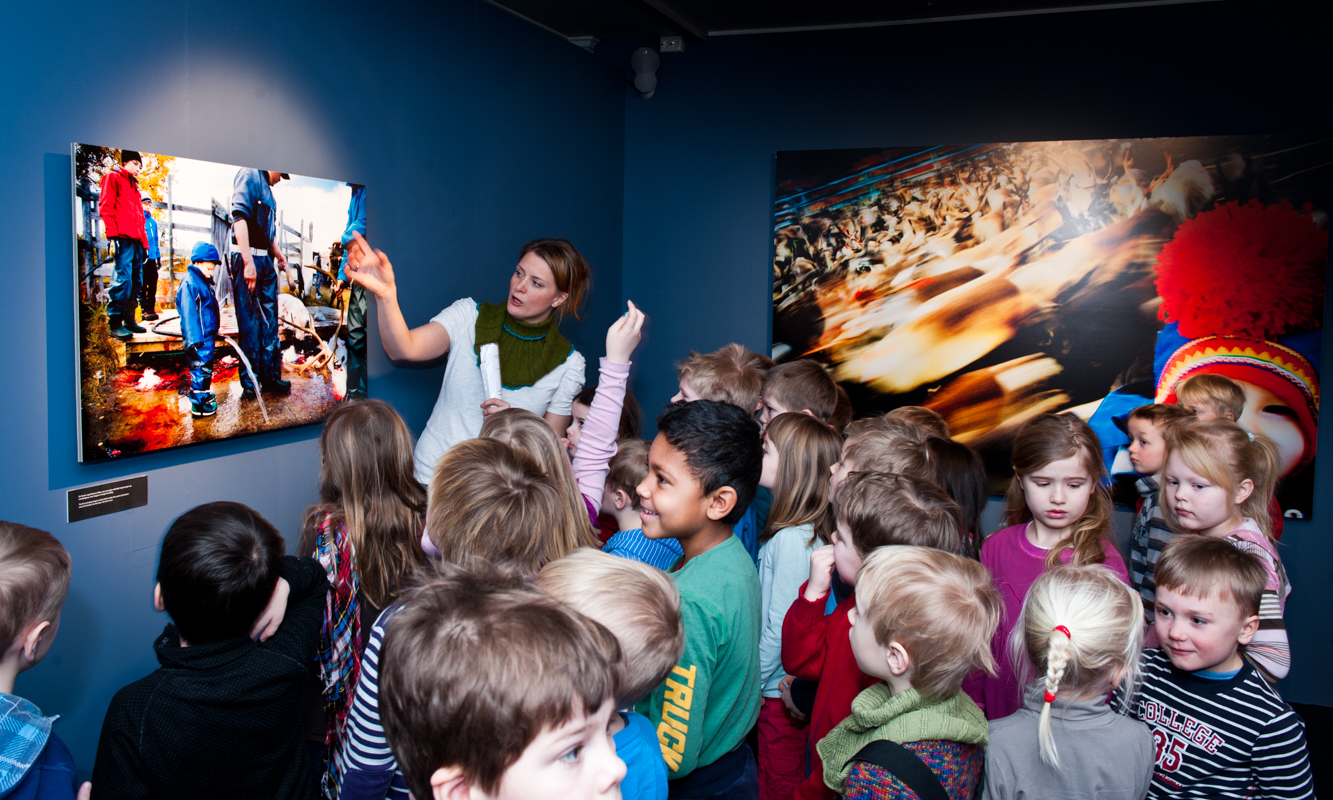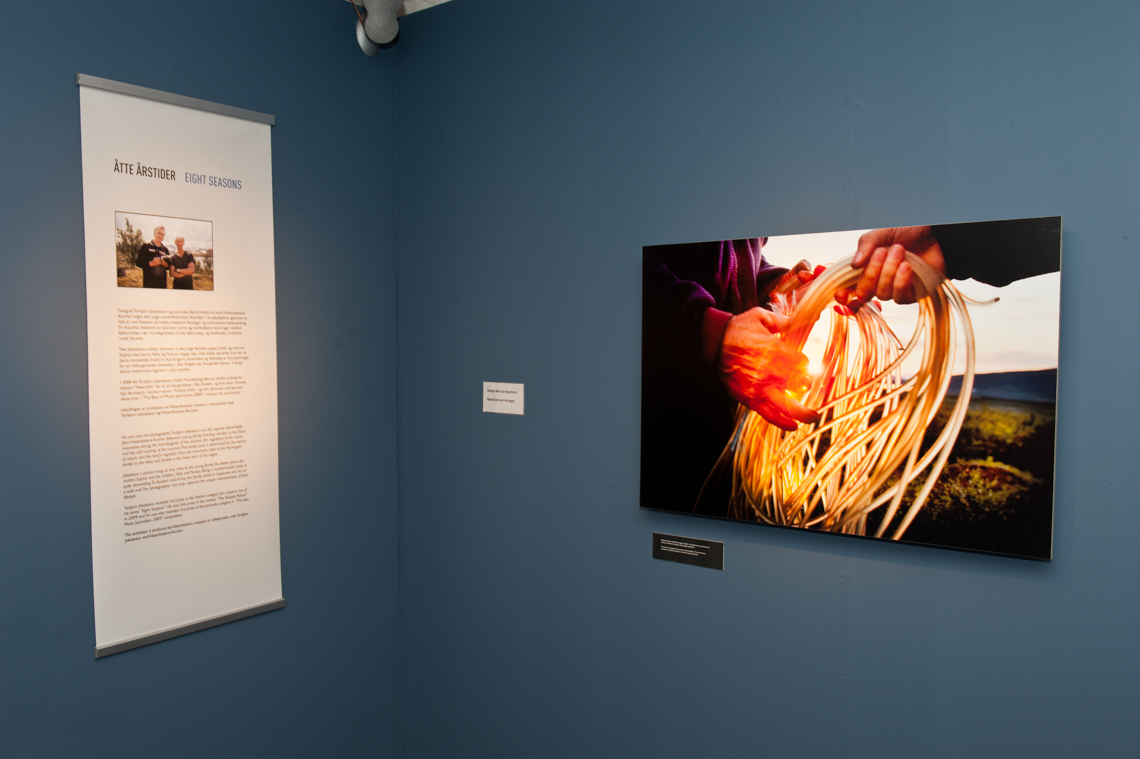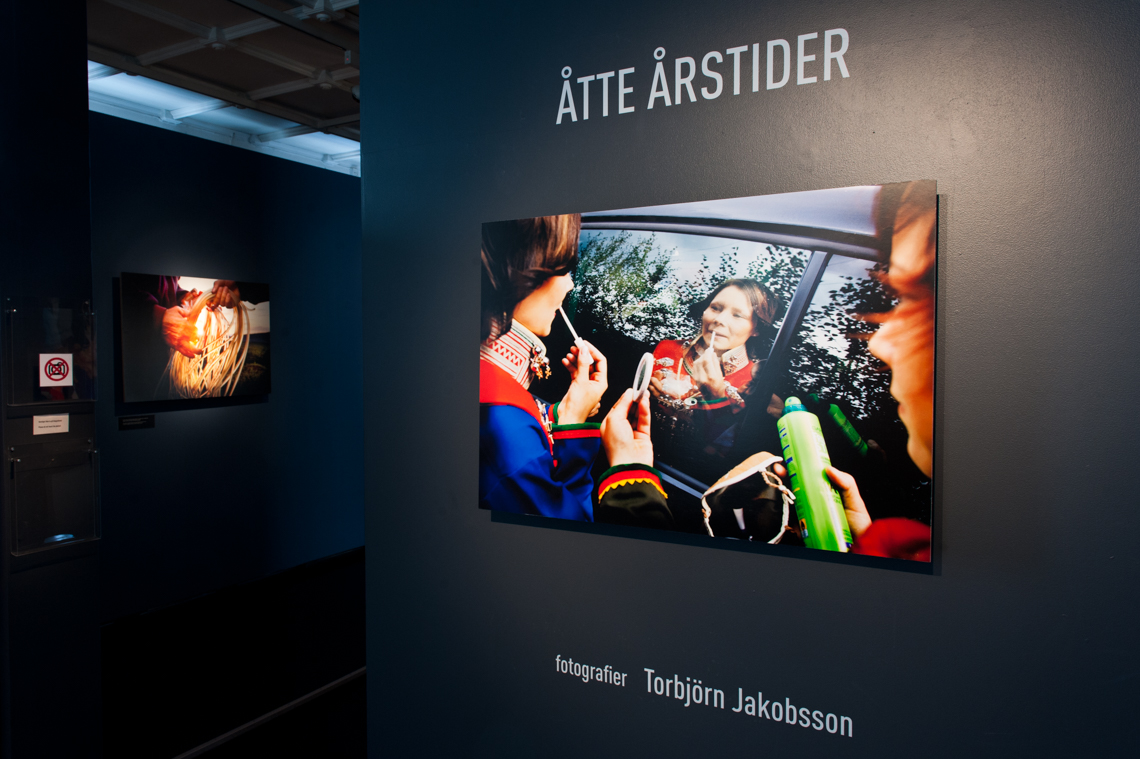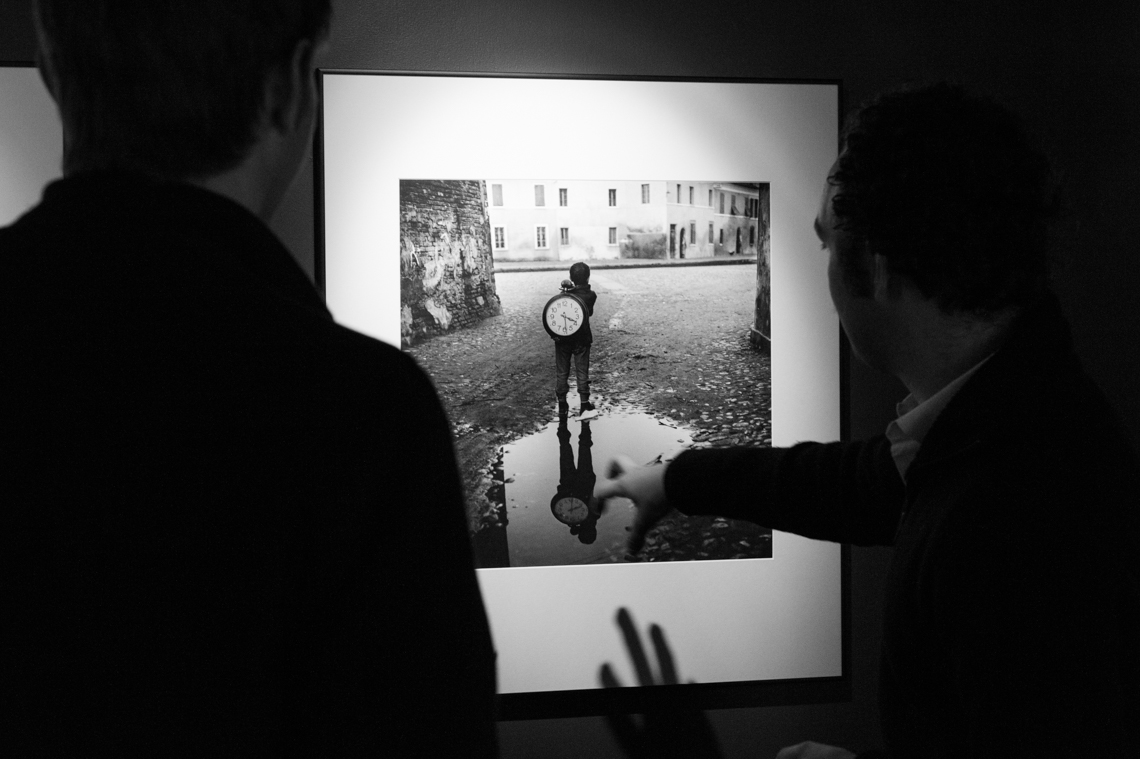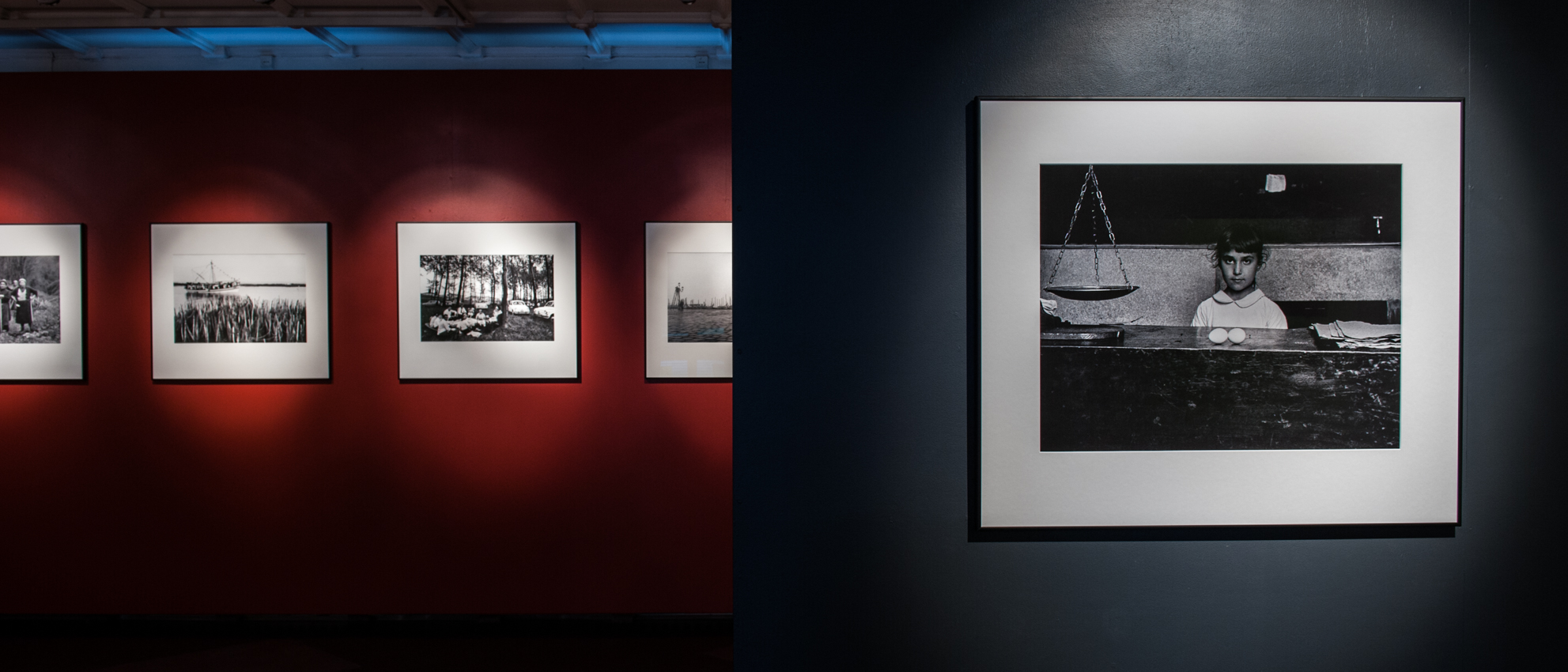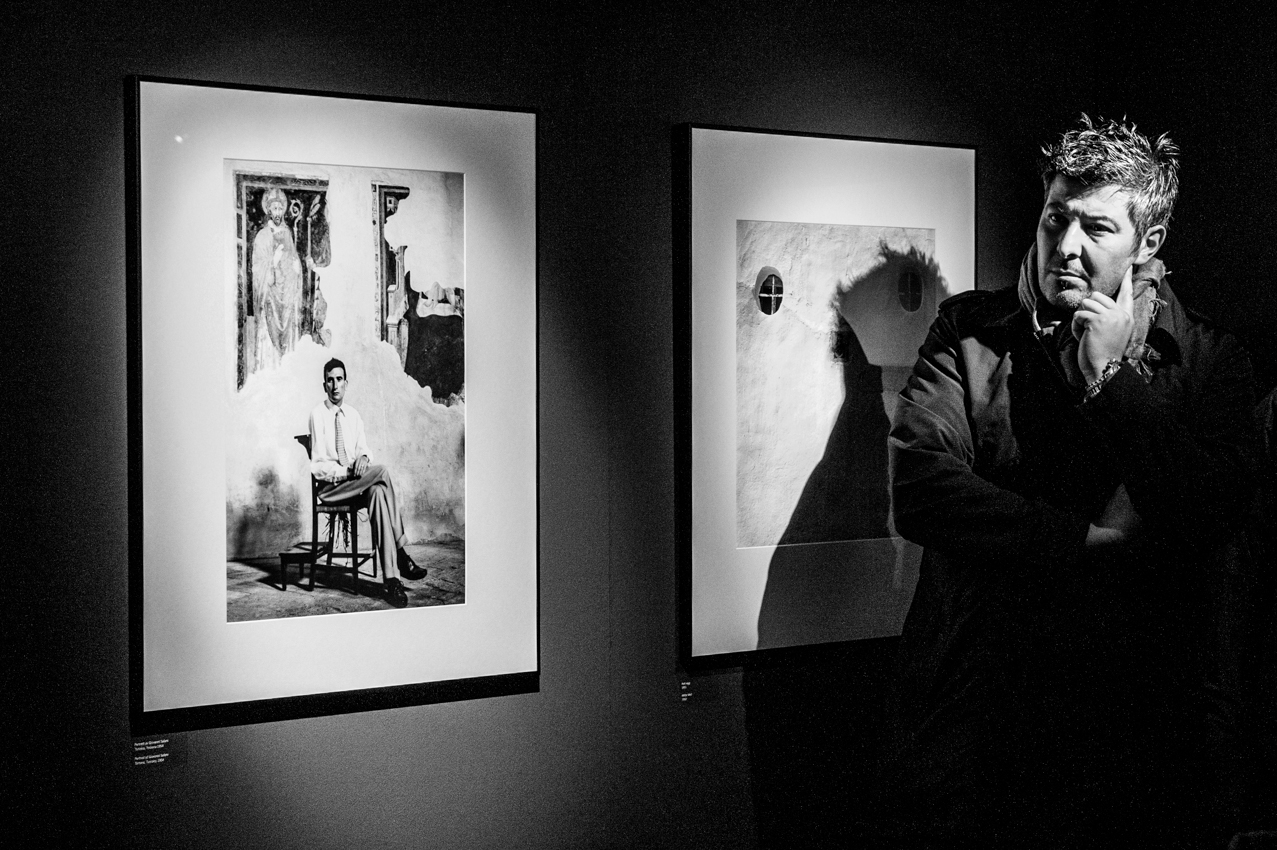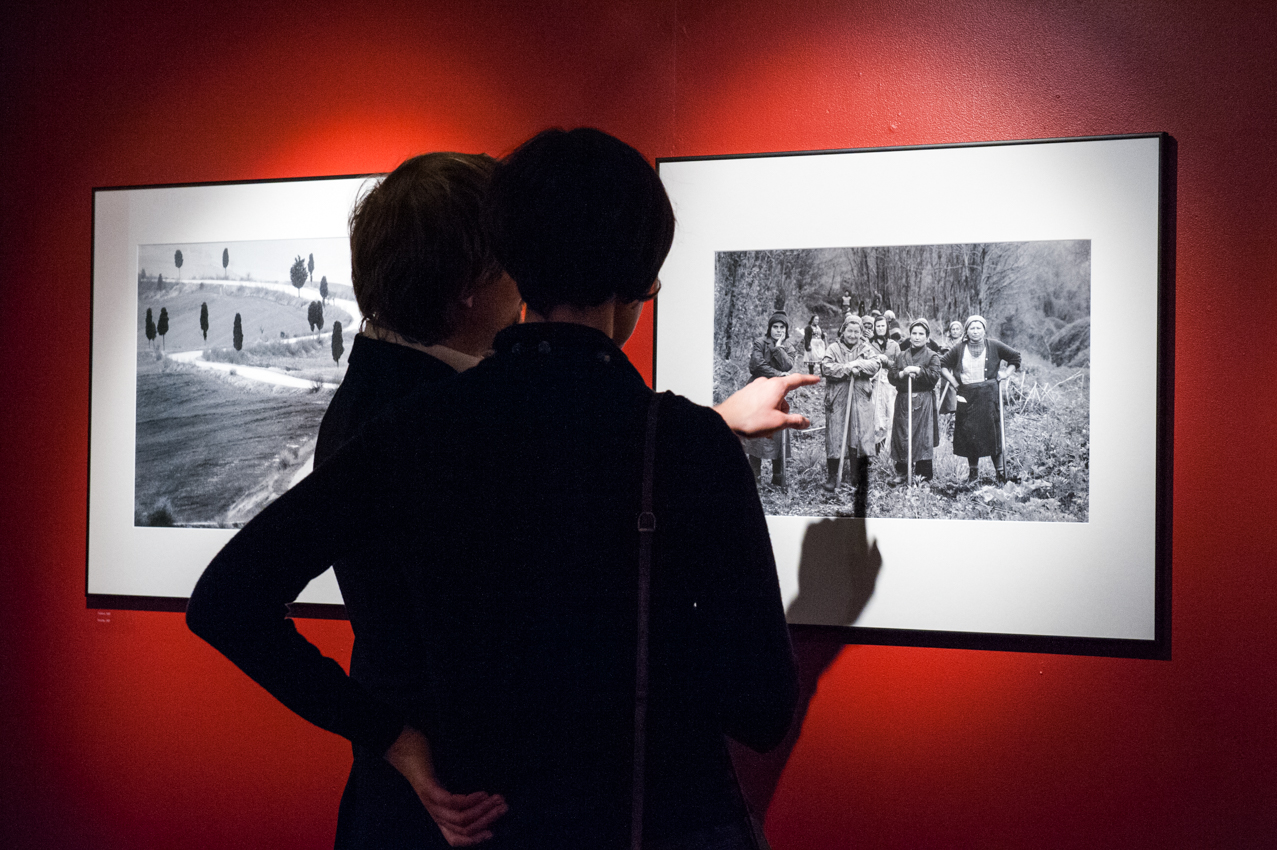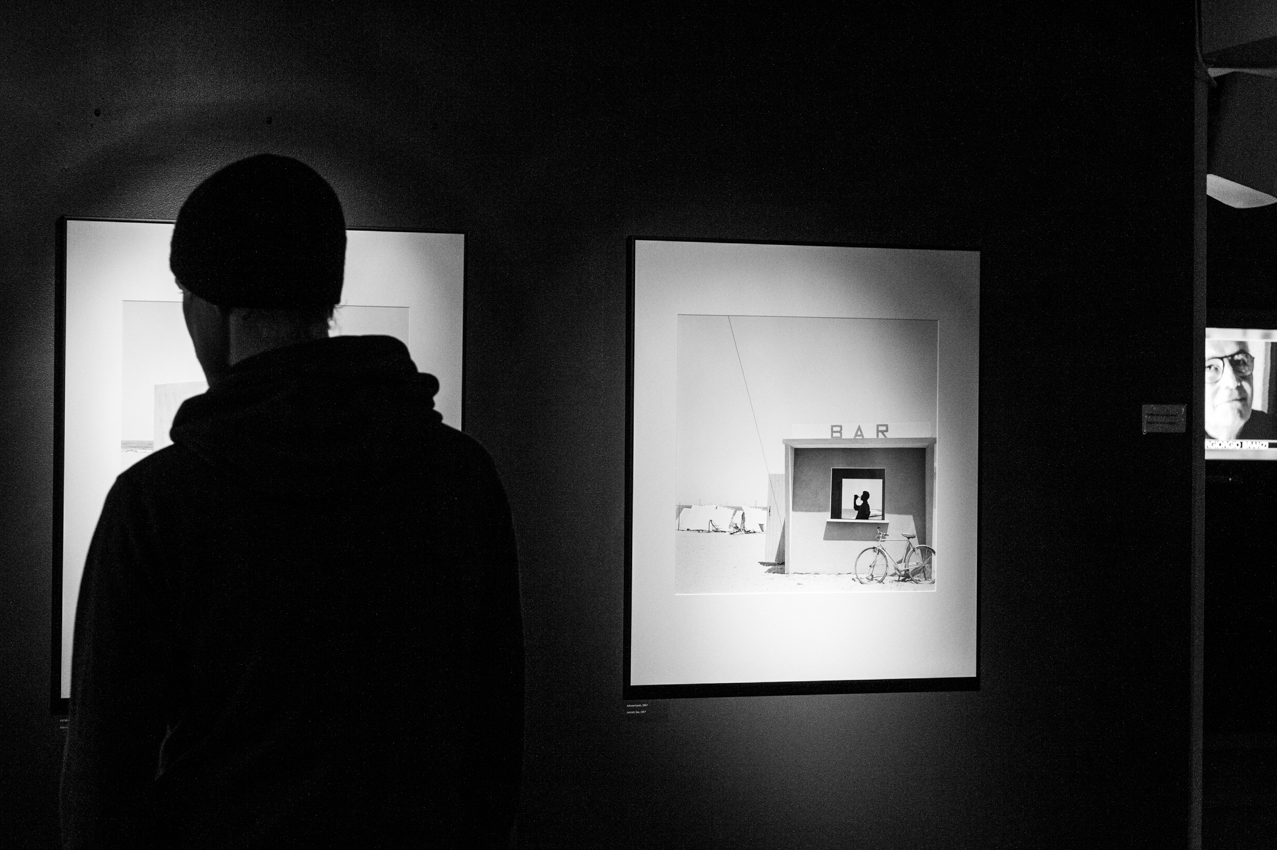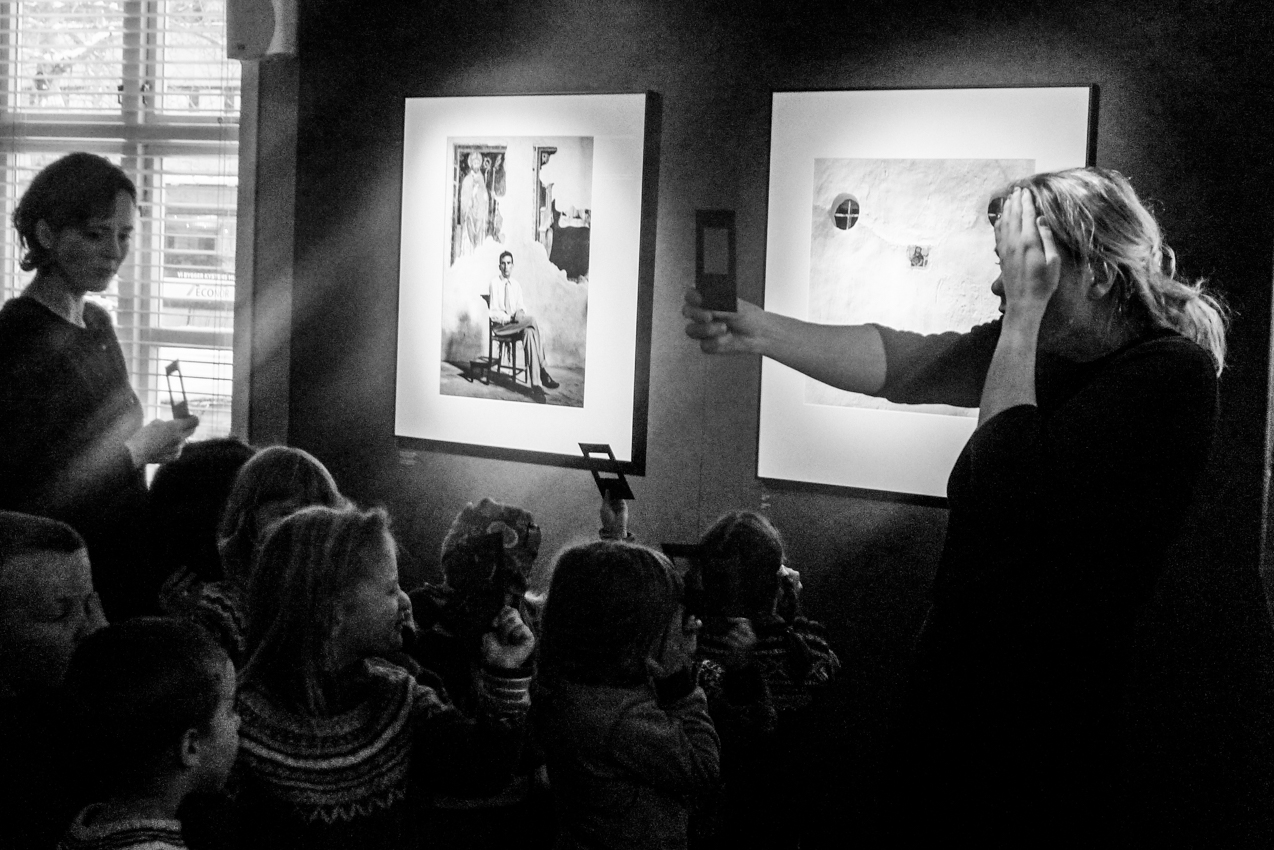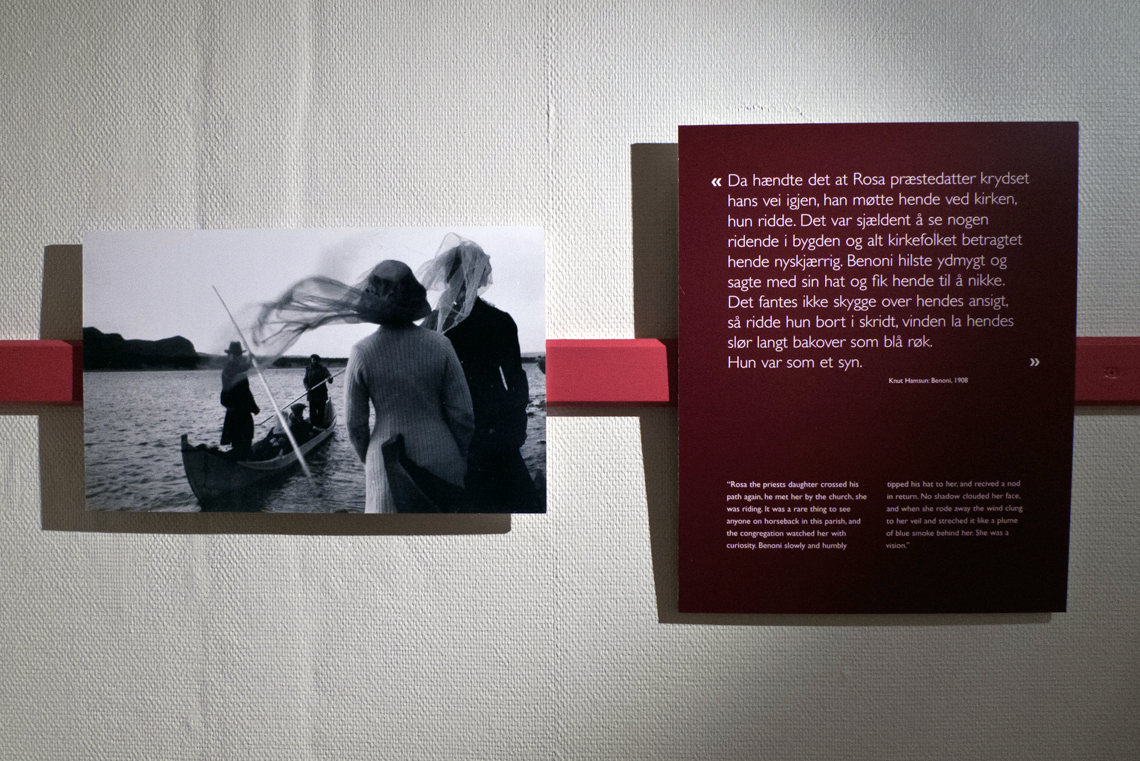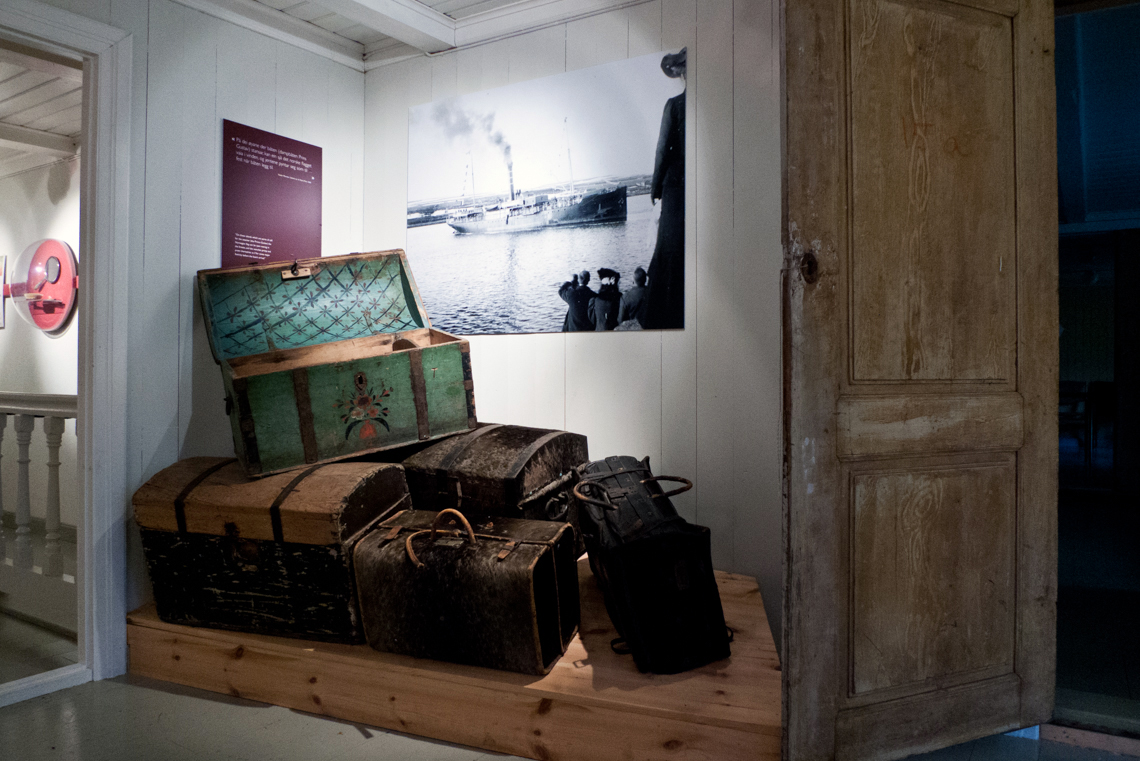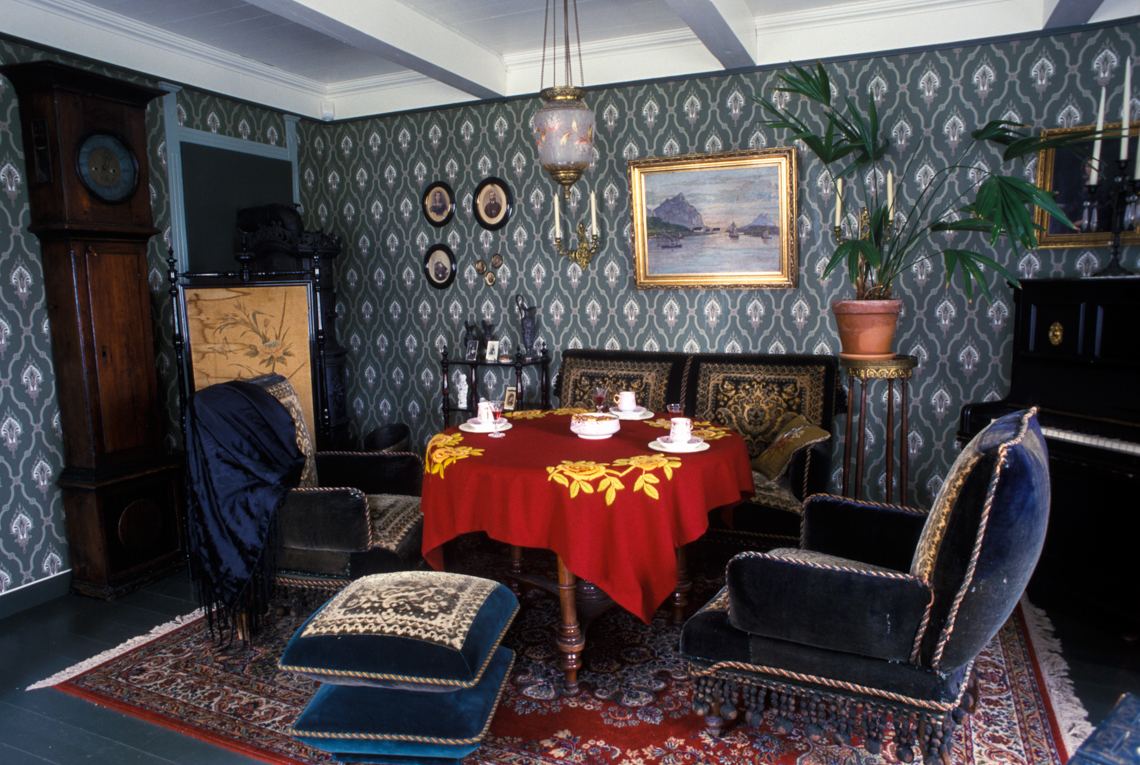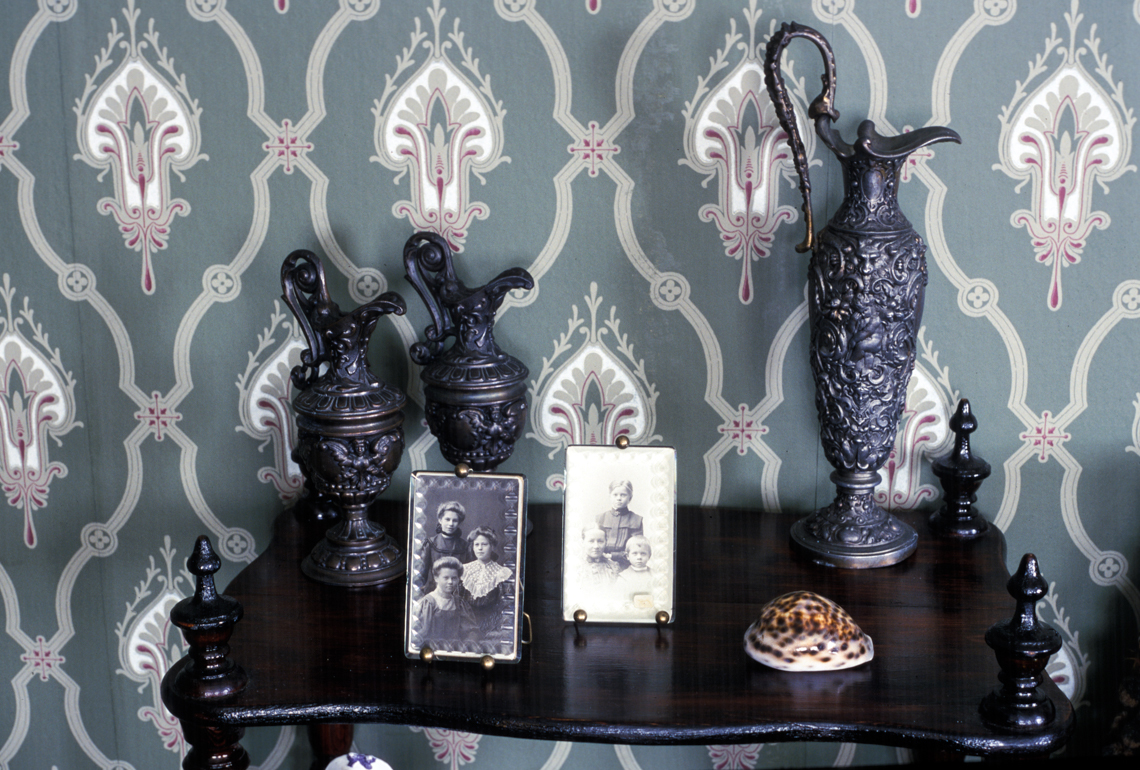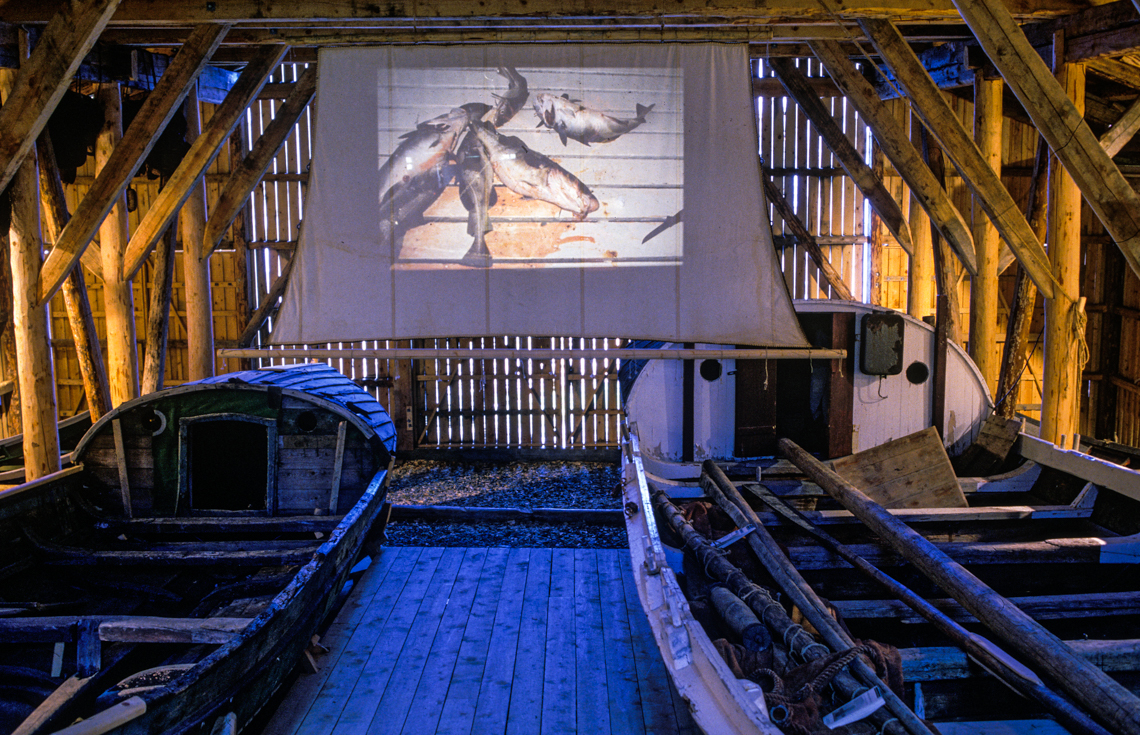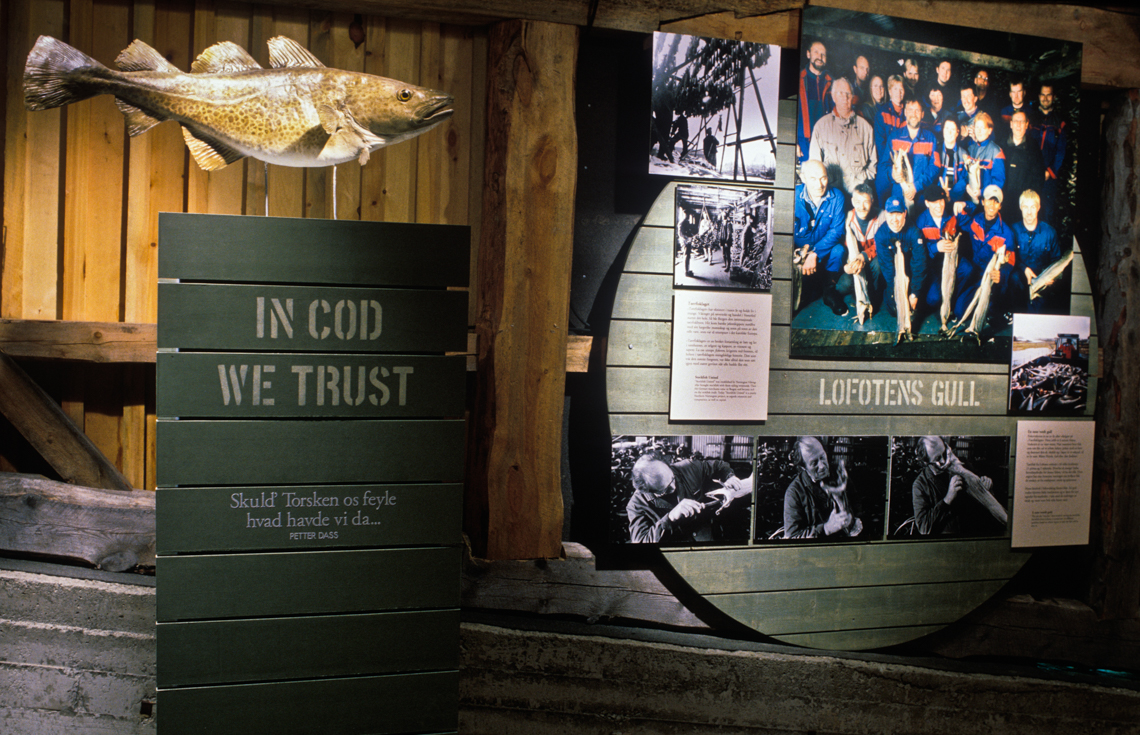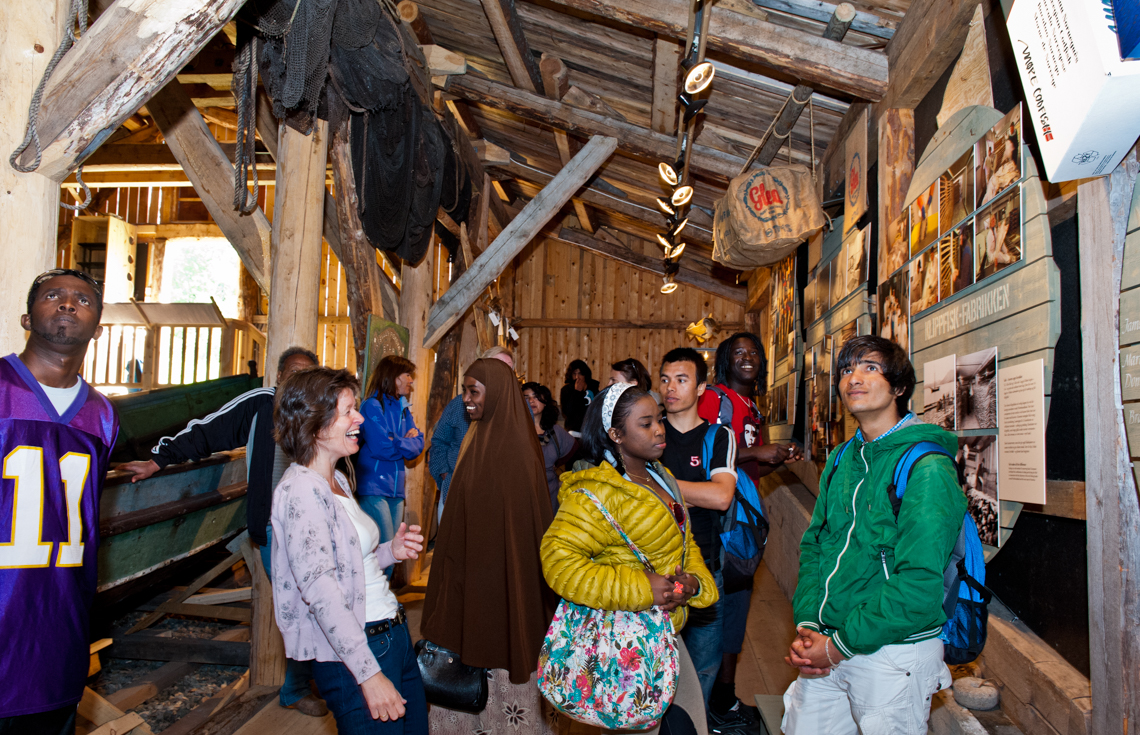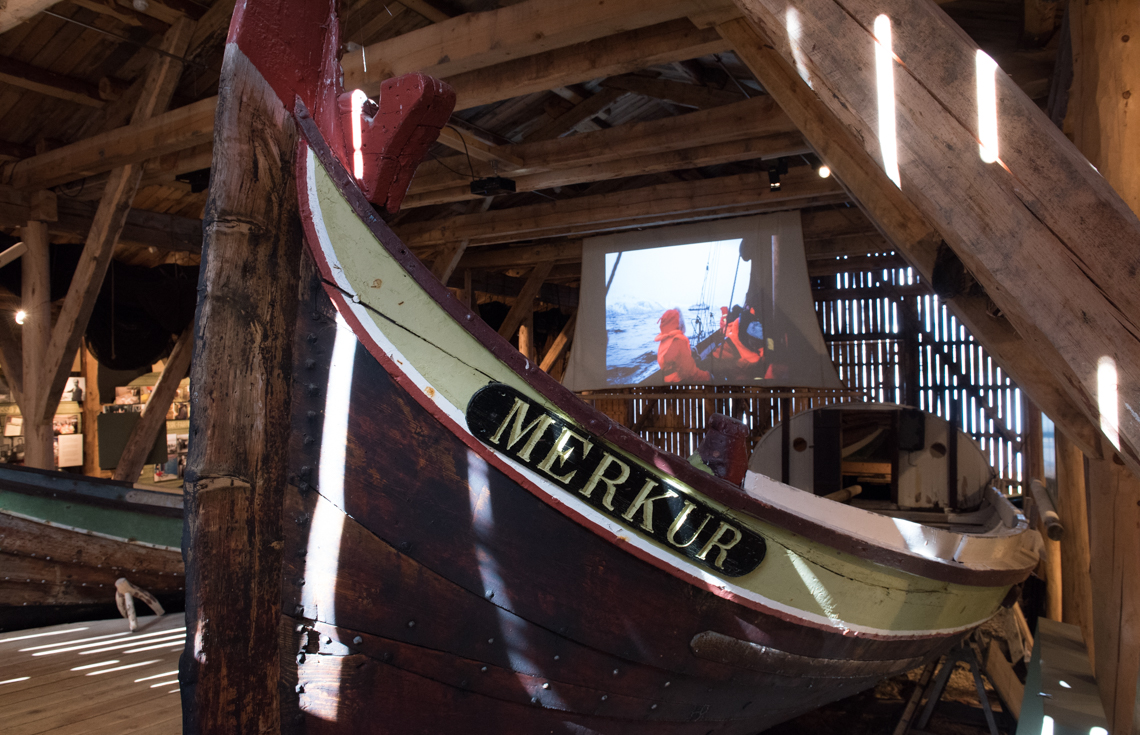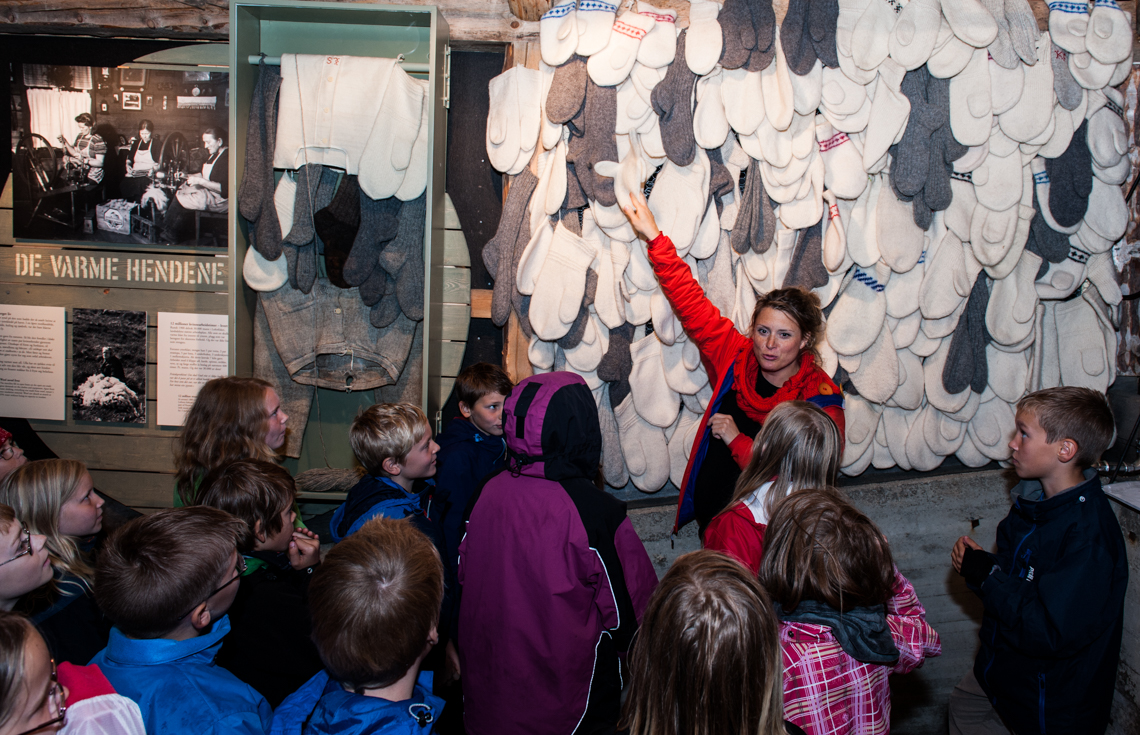In Oil Rich N & N the Nigerian photographer George Osodi compares the oil industries in Nigeria and Norway. He is primarily concerned with everyday life near the sites of oil production.
His documentation of the oil-rich delta in southern Nigeria has resulted in an extensive work exploring the region’s extreme conditions, both social and environmental, to which the international press has paid little attention. In the delta area where the oil is exploited, there is great unrest and hostility, and few enjoy any benefits from the proceeds of “the black gold”. The growing hostility to the oil industry and Government employees has paved the way for an armed militia, who will not flinch from defending their rights with violence.
There are great differences between daily life in Norway and Nigeria. Norway has been an oil-producing country for forty years. Oil and gas have become the country’s main export commodity and the oil fund waxes year on year. The photos from Norway were taken during a stay in Oslo, Lofoten and in the oil capital of Stavanger in 2008.
George Osodi is self-taught in photography and works as a freelancer based in London and Lagos. His photographs are difficult to categorize. They are a blend of photo journalism, photo essay and activism. Osodi has worked for national and international media; for example, his photographs have been published in The New York Times, Time Magazine, Newsweek, The Guardian, The Telegraph, USA Today, The International Herald Tribune and Der Spiegel.
Production: The Norwegian National Museum of Art, Architecture and Design
Curator: Stina Høgkvist, the National Museum
Touring and dissemination in Northern Norway: SKINN
This exhibition is part of the project for schools Den Kulturelle Skolesekken (The Cultural Satchel) in Nordland, Troms and Finnmark.


